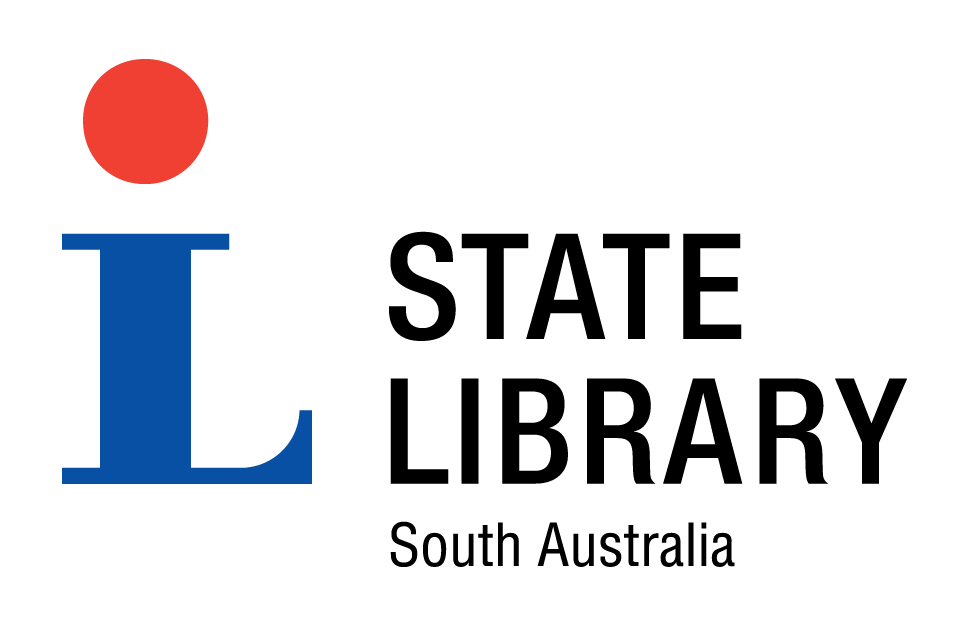
Painting technique, Yirrkala |
|||
|---|---|---|---|
| Title : | Painting technique, Yirrkala |

|
|
| Creator : | Mountford, Charles P., photographer | ||
| Source : | PRG 1218/34/3299 | ||
| Date of creation : | 1948 | ||
| Format : | Photograph | ||
| Dimensions : | 60 x 60 mm | ||
| Contributor : | State Library of South Australia | ||
| Catalogue record | |||
| The State Library of South Australia is keen to find out more about SA Memory items. We encourage you to contact the Library if you have additional information about any of these items. | |||
| Copyright : | The Library received cultural clearance from the Buku-Larrnggay Mulka Art Centre, Yirrkala to display this image. Reproduction rights are owned by State Library of South Australia. |
| Description : |
Aboriginal man from Yirrkala demonstrating the method by which a brush is held whilst bark painting. The stringy bark used is gathered at the end of the wet season, when it is more flexible, and is easier to peel from the tree. Once removed, the bark is treated to make it more pliable, then flattened, trimmed and cured. Paint is produced from mineral pigments; the red and yellow is ochre, black is manganese and the white, clay. The paintings of North East Arnhem land are more complex and intricate than those of western Arnhem Land, with backgrounds covered in cross hatching, bands, dots, diamonds etc. Each painting may take between two to five days to complete. Designs, patterns and stories used by each artist form part of their cultural inheritance, and the right to paint certain designs, to learn, and divulge their meaning is restricted to the entitled individuals or clans. The cultural knowledge contained in each painting does not exist in isolation, but works in conjunction with song, dance, and oral tradition to introduce and reinforce Yolngu lore. Whilst many paintings are now produced for commercial rather than ritual purposes, they continue to perform a cultural role. Mountford and the Expedition collected over 500 bark paintings from Arnhem Land. Many were later distributed by the Commonwealth Government to state museums and galleries. It is reported that these were "the first Aboriginal works collected in the field and accepted by Public art galleries, not only for their ethnographic significance, but also for their aesthetic qualities." (Lock-Weir, 2002) |
| Subjects | |
| Coverage year : | 1948 |
| Place : | Yirrkala |
| Region : | Northern Territory |
| Further reading : | American-Australian Scientific Expedition to Arnhem Land, (1948). Records of the American-Australian scientific expedition to Arnhem Land, Melbourne : Melbourne University Press, 1956-1964 |
| Internet links : | Buku-Larrnggay Mulka Art Centre - Yirrkala Community |


